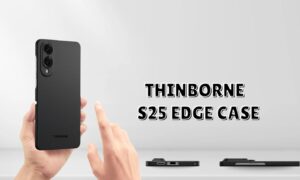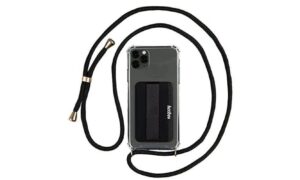Thanks to wireless charging, most new generation phones on the market today can be charged wirelessly. Wireless charging is a technology that makes it possible to charge devices (e.g., mobile phones) by simply placing them on a charging pad – no wired connections involved. You can thus use wireless charging safely both at home and in the office.
As interesting as wireless charging is, it would still be good to know how it works, its advantages and disadvantages before making the switch. Wireless chargers eliminate the need for wireless when charging your devices. It provides an intelligent way to charge up your phones, eliminating the clutter caused by wires.
Advantages Of Wireless Phone Charging
1) Convenience
A wireless charger eliminates the need for messy wires in the name of charging cords. All you need to do is place the charger on a flat surface, say table, and are set to go. Putting your phone on the charging pad enables charging automatically. The best thing about wireless chargers is that it supports all devices that support wireless charging.
2) Integration
A single wireless charger should be able to charge any cell phone that supports wireless charging. Whatever type of phone you or your family members have, you can be sure the wireless charger will support it. You thus never have to worry about several chargers hooked in the sockets either. Smartphone wireless chargers can charge other smaller devices that support wireless charging as well. These include mice, EarPods, etc.
3) Ability To Charge/Support Multiple Devices
The average household has at least two smartphones. While most android phones share the same charging system, the same cannot be said about iPhones and the system they use. This means you’ll need at least two types of chargers in the house. A wireless charging pad can, however, charge either of the two simultaneously. Some wireless charging pads support more than three devices, which can come in handy if you need to charge multiple devices simultaneously. The wireless charger can also be used to charge up other devices, including laptops, tablets, iPods, etc. You thus will have fewer cables and adapters to worry about both at home and when traveling overseas.
Reverse charging will soon be a reality in the new future. This will enable consumers to use a charged-up device to charge another.
Disadvantages Of Wireless Charging
Some of the drawbacks of wireless phone charging include:
1) Performance
Wireless charging isn’t as efficient as traditional chargers are. This is one of the reasons conventional chargers still exist. Some wireless chargers have yet to reach the same efficiency, making them considerably slower than wired chargers. In addition to this, wireless chargers waste lots of energy in heat; a reason manufacturers haven’t integrated them fully. Only the best wireless chargers on the market come close to wired chargers.
2) Not Exactly Portable
Although wireless, you still need to place your phone on the charging pad for it to work. The charger needs to be plugged into a wall socket to charge too. In other words, wireless charging doesn’t give you the portability and agility wired chargers do. A wired charger would allow you to use the phone as it charges, depending on how long the charging cable is. This charging option might not be appealing, especially if you would like to use your device as it charges.
3) Compatibility
Although a wireless charging pad should be able to charge different devices, there are incidences where some devices simply won’t charge. The devices charge with the wireless charger they came with but won’t with a separate charger. Such compatibility issues might result from the chargers not providing the rated or required energy draw. These issues are, however, far spread with only isolated problems reported. Either way, a wireless charger might work on most of your devices and fail to on one or two.



































